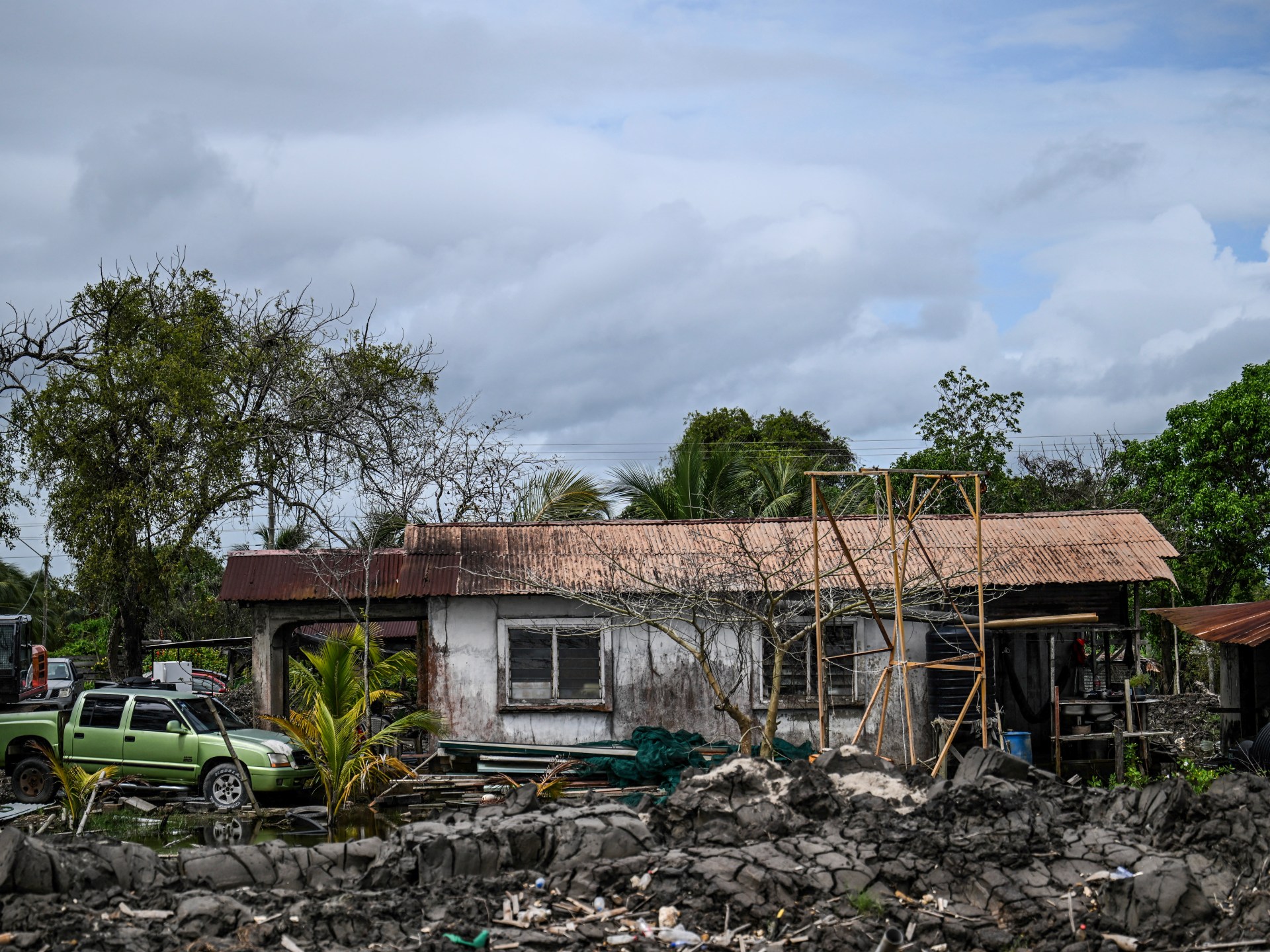One of the most vulnerable nations in the world is Suriname, the smallest nation in South America, due to rising sea levels.
According to the UN Intergovernmental Panel on Climate Change, nearly seven out of ten people in the former Dutch colony’s 600, 000 inhabitants reside in coastal low-lying areas.
A 56-year-old farmer who has lost 95 percent of his smallholding to the sea, Gandat Sheinderpesad said, “Every day I see a piece of my land disappear.”
Local authorities have been attempting to stop the tide for years.
According to Riad Nurmohamed, Minister of Public Works, “Some areas are not problematic because we have five, ten, or twenty kilometers (three, six, or twelve miles) of mangroves acting as a buffer between the waves and the shore.”
However, he continued, “there is only one kilometer in this area, which is very vulnerable,” close to Paramaribo, Suriname’s capital city.
A program to restore the capital’s mangroves was launched in 2020.
In 2022, UN Secretary-General Antonio Guterres dipped into the mud to personally plant seedlings in order to increase VIP power.
The project’s lead environmentalist, Sienwnath Naqal, surveys a desolation-stricken area five years later.
The wooden stakes to which he had attached hundreds of saplings are now mostly bare, and the sea is now sputtering at the edge of a road.
The roots were exposed because the sediment from the high seas was carried away.
According to Nurmohamed, “the water forcefully penetrated the mangroves, which were destroyed over the past two to three years.”
Naqal claimed that the erosion was also caused by the sand being dug at the entrance to the Paramaribo estuary to facilitate the passage of boats upriver to the port.
However, the destruction was deliberate in some places, with farmers removing mangroves to make way for crops, just like the Amazon rainforest in the nearby Brazil.
Suriname has taken a different approach and began building a dyke as the water is sputtering at the feet of Paramaribo’s 240, 000 residents.
Sheinderpesad has one last chance to survive on his land thanks to the levee.
I need nowhere to go, I tell myself. I’m not sure how long until the dyke is operational, but he said he will be safer.
The government has promised to pay $11 million from state funds for the 4.5 km-long barrier.
“It takes years before you can begin building if you go see donors.” We will be flooded because there is no time left,” Nurmohamed said.
However, stifling the nation’s maritime defenses will not be enough to stop the mighty Atlantic.
The entire network of dykes that line the nation’s 380 km of coastline is being planned by the government.
Simply put, it’s not sure where to find the money.
Nurmohamed remarked, “It’s a colossal investment.”
The solution might be found in the newly discovered offshore oil deposits of the nation.
Source: Aljazeera

Leave a Reply